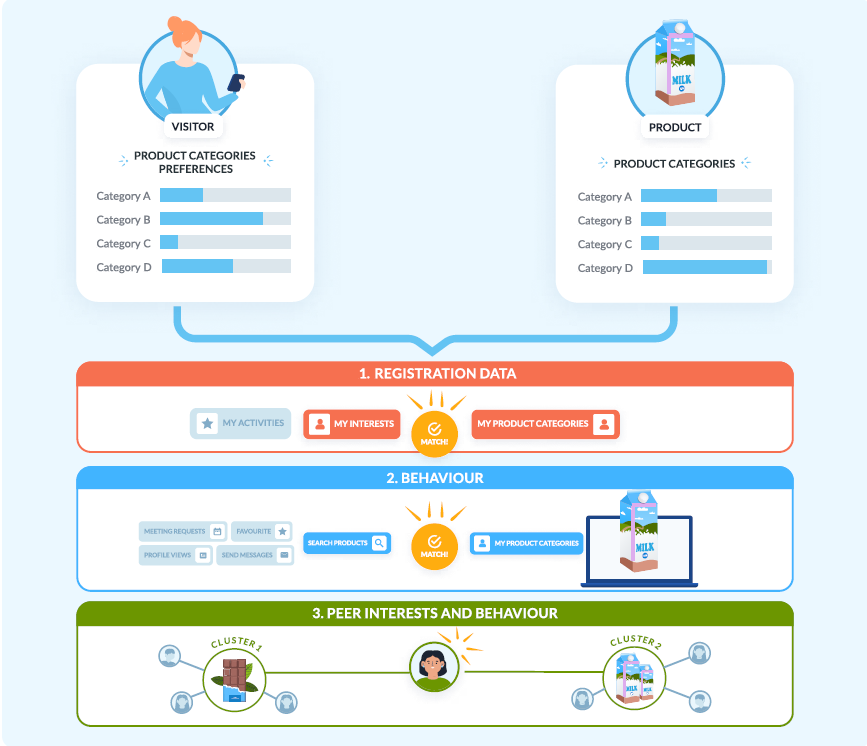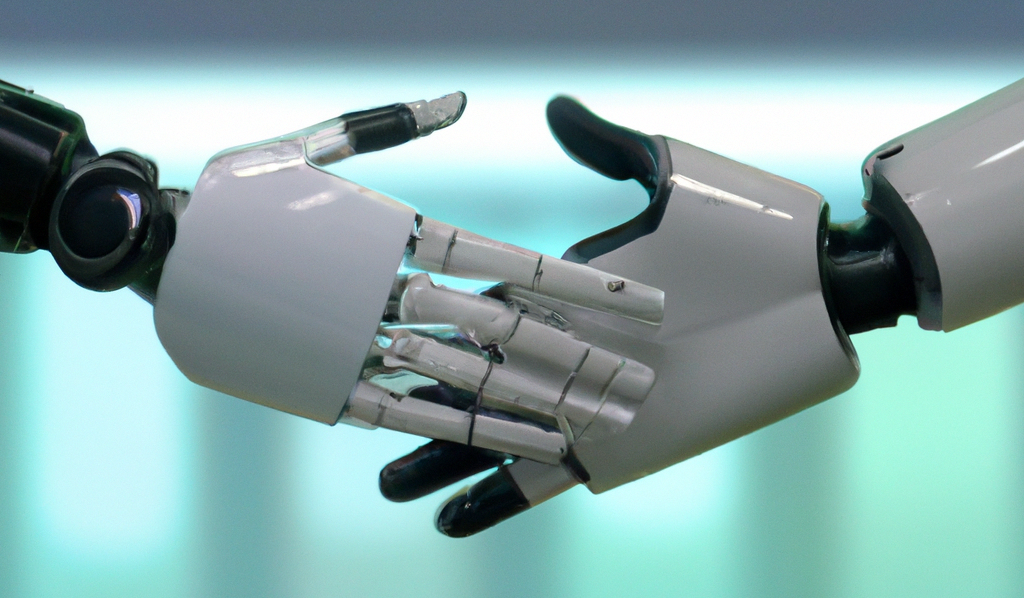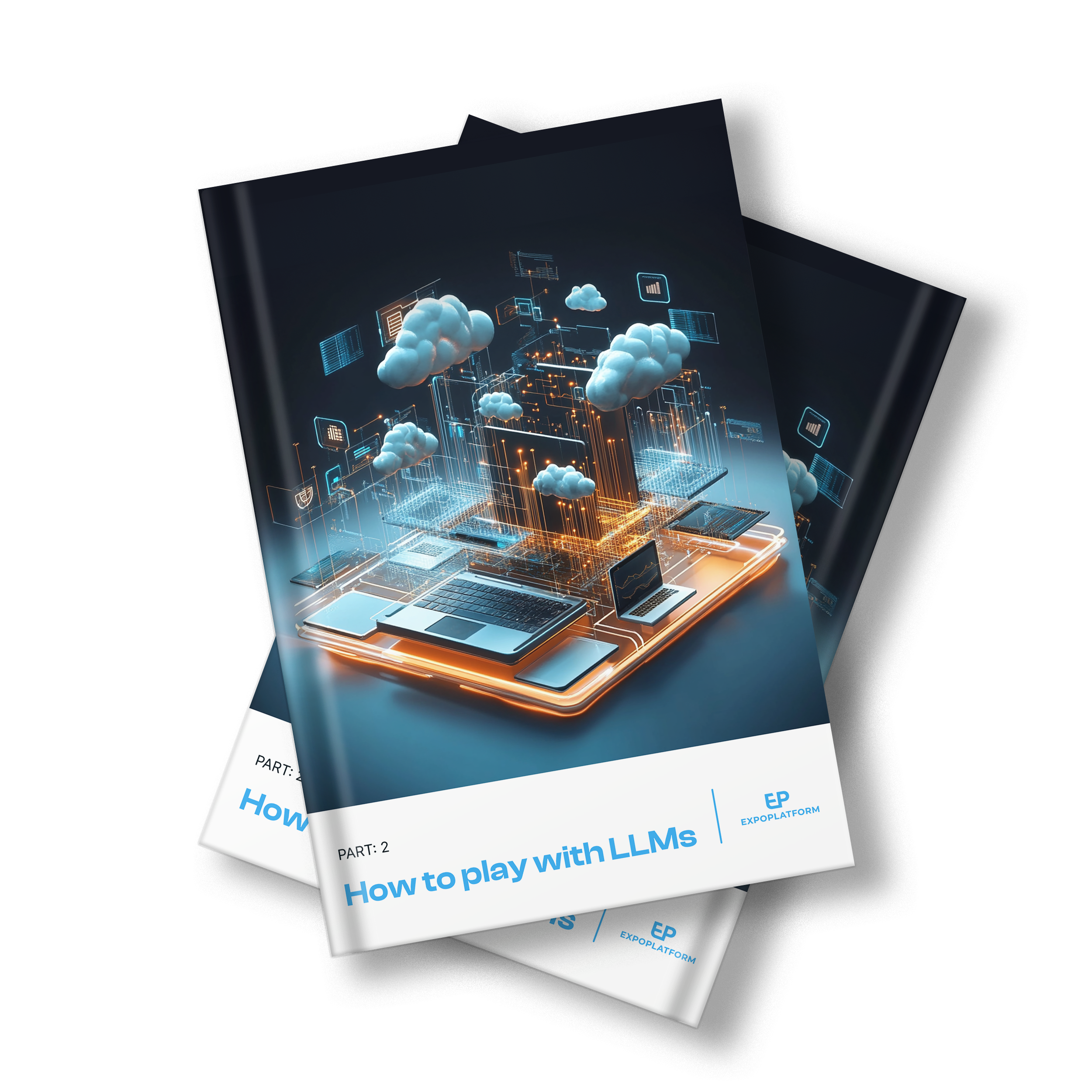
AI for events: understanding matchmaking
ChatGPT, Bard and Bing are a common topic in AI discussions. But did you know live events have been using these algorithm tools long before?
AI-powered Matchmaking is an effective way to speed up networking and make more relevant connections, especially at large-scale exhibitions and tradeshows.
It works in a similar manner as Netflix and Spotify – however, the algorithm is more varied and can handle complex requests.
For example, ExpoPlatform’s AI Matchmaking tool uses person-to-object matchmaking that helps event participants connect with:
- Fellow attendees
- Exhibitors
- Products
- Content such as sessions, eBooks and videos
- News and webinars
This article demystifies the matchmaking process and explains step-by-step how AI recommendations are generated.
Read more? Six ways AI can help your events make more money
Step 1: Analyse preferences based on registration data ?
AI matchmaking at events typically starts by analysing user preferences based on the registration data filled by them.
This data can include information such as job titles, industry affiliations, preferred topics, interests and even social media profiles.
These details are used to create attendee profiles and match with other users with similar interests, backgrounds and goals.
The AI algorithm uses this data to identify commonalities between attendees as well as with non-person entities like content, products and sessions.

Step 2: Detect peer groups based on similarity of data and demographic information ?
This step involves identifying groups of attendees sharing similar interests, backgrounds and characteristics.
The AI matchmaking algorithm uses different data sources, such as attendee profiles, registration information and social media activity, to analyse and categorise attendees.
Clustering attendees into peer groups helps lock down on potential matches as well as suggest relevant content, products and sessions.
Step 3: Progressive learning through user behaviour ❤️
This learning process helps the system to understand and learn more about the user’s preferences, interests and actions.
The AI tool monitors various interactions such as viewing pages, exhibitor profiles, product favourites, meetings requested, message sent, sessions viewed, selection or rejection of a match and more.
These interactions provide crucial data to helps the AI system evolve and improve its recommendations.
For instance, if the user spends considerable time viewing a particular exhibitor’s profile, the system will interpret it as a higher interest in that exhibitor.
Similarly, if a user requests a meeting with an exhibitor or a guest speaker, the system assumes the user is interested in that specific product or topic.
Continuous tracking and analyses of user behavioural patterns enables the AI matchmaking system to create better recommendations and a valuable networking experience

Step 4: Matchmaking filters to influence the recommendations ?
Filters can be used to narrow down the recommendations further.
These filters can be based on various factors such as job title, location, company size, nature of services, investment budget and more.
For example, a small buyer should not be matched with a large supplier.
Or if the event is a tech conference, the AI system may apply filters to only suggest matches between participants working in tech.
Similarly, if an attendee has expressed interest in a particular topic or workshop, the system may apply filters to suggest matches with other attendees who share the same interest.
Narrowing down potential matches based on specific criteria allows more likely connections with participants having shared interests, goals and priorities.
This helps streamline the process and saves time.

Step 5: Display recommendations online ?️
Once all the data is processed, the recommended matches are generated and displayed on the event website or app for users to view.
This is where the users can evaluate the recommendations and decide which matches they are interested in.
The AI matchmaking algorithm tracks user actions, such as clicks, swipes, and feedback, and use this information to adjust the recommendations.
For example, if a user clicks on a particular match, the system will consider this as a positive action and may prioritise similar matches in the future.
On the other hand, if a user swipes left or gives negative feedback, the algorithm may adjust and remove that match from the recommendations.
This continuous feedback loop ensures the AI matchmaking system constantly learns and improves its recommendations, making the matchmaking experience more accurate and personalised for the users.
Want to learn more about AI for events? ? Download the AI Blueprint for top tips and expert advice.
We hope you enjoyed reading this article and found it useful. At ExpoPlatform, we want to help you build better events and communities. Please get in touch and ask for a demo here. Thank you ?
There's more you might like

AI adoption in events leaps 60% – report
AI adoption in events has surged 60% since 2023, according to a new report. The rise and rise of this technology comes amid a growing eagerness among organizers to take advantage of its benefits. Global DMC Partners found 48% are now using AI tools like ChatGPT, Jasper, Midjourney, Fathom and Descript to streamline their event ...

AI in event management: powerful but in ‘a bit of a mess’
In a rapidly evolving digital landscape, artificial intelligence has emerged as both a challenge and an opportunity for event professionals. This Transformation Stories interview with Fatima Barbero delves deep into its current landscape to uncover the way forward. The role of AI in event management is in “a bit of a mess” but a strategic ...

How ChatGPT-like tools can help eventprofs
The future of ChatGPT-like tools for event organizers could bring alternatives for data analysis to help improve experiences, according to an ExpoPlatform leader. Mykyta Fastovets, CTO, told how our industry should expect generative AI solutions to be able to help participants and planners in a range of ways. It comes as AI-powered features came out ...


